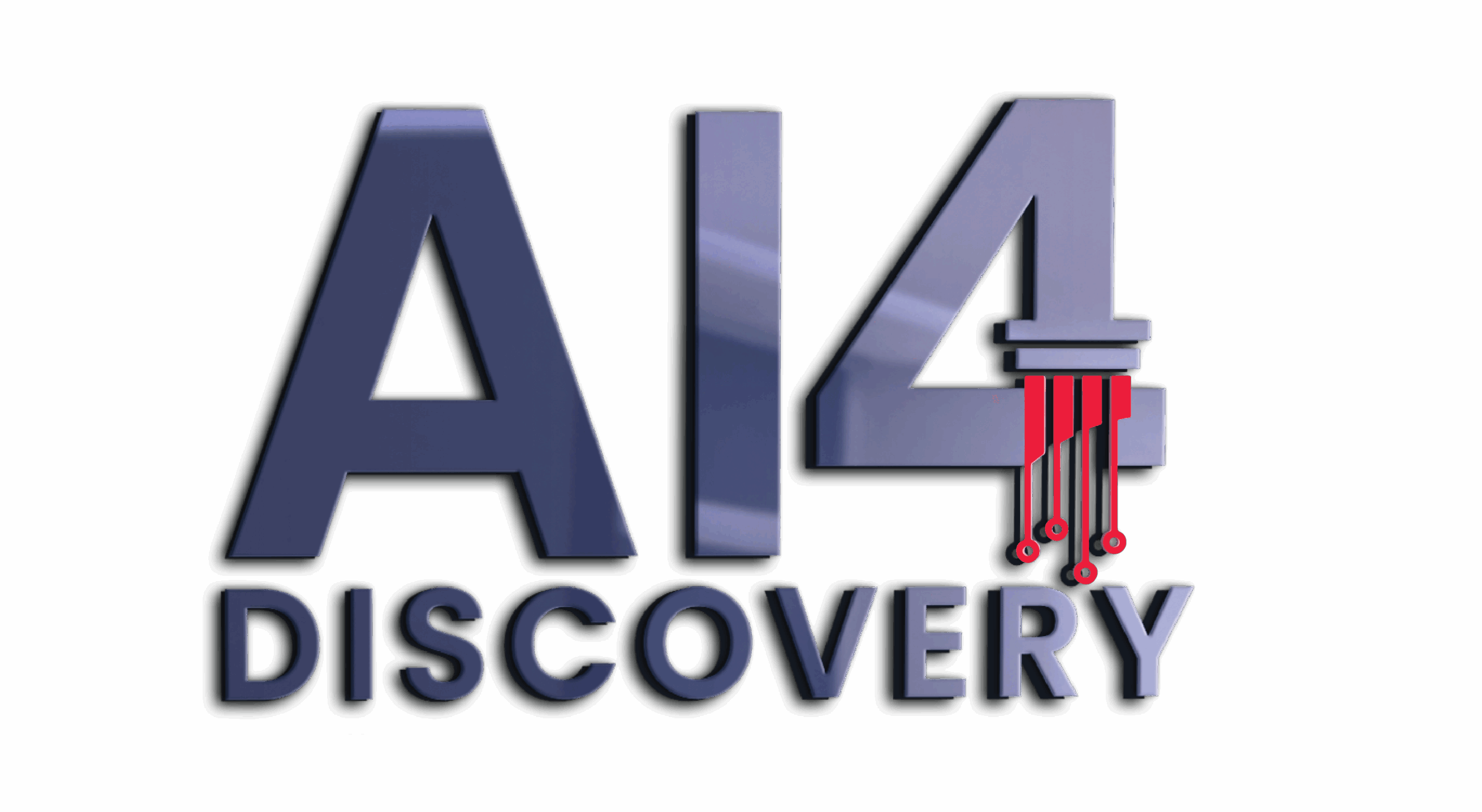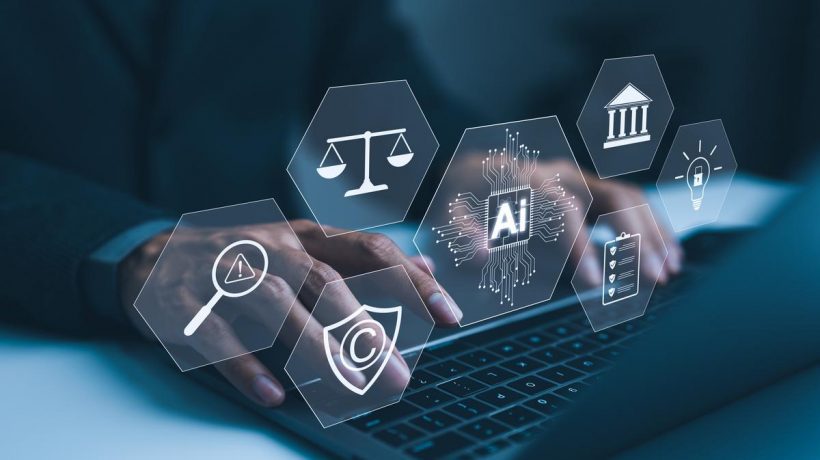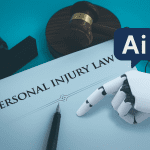Streamlining Legal Work: What Is an AI Legal Discovery Process?
An AI legal discovery process uses artificial intelligence to automate the collection, review and production of documents for legal cases. This is to speed up, improve accuracy and reduce costs of traditional legal discovery methods. In this article, we’ll look at what is an AI legal discovery process, how AI changes legal discovery, its benefits, challenges and the tools that power it.
Key Points
- AI legal discovery automates time consuming tasks, increases efficiency, accuracy and cost savings for large volumes of electronic evidence.
- Traditional legal discovery processes face many challenges due to manual reviews, so AI tools are needed for speed and accuracy.
- Key components of AI legal discovery are automated document review, enhanced legal research and predictive coding, together moving the discovery process from reactive to proactive.
What is AI Legal Discovery
AI legal discovery aims to automate the tedious and error prone tasks associated with the discovery process. At its core, discovery or eDiscovery involves collecting, processing, reviewing and producing documents and data relevant to a legal case. With the advent of AI, this process is faster, more accurate and cost effective. Law firms are turning to AI to streamline their eDiscovery workflows and reduce human error.
AI can handle vast amounts of electronically stored information (ESI), something that’s impossible to do manually. Artificial intelligence can analyze and categorize thousands of documents in hours, something that would take human reviewers weeks or months. This saves time and reduces costs, making legal services more accessible and affordable.
As legal technology evolves, the future of AI driven discovery looks good. The integration of AI will move the approach from reactive to proactive legal strategies, so legal teams can identify potential risks and compliance issues before they escalate. With continuous advancements in AI, the legal industry can expect even more sophisticated tools and methods to come in the next few years.
Challenges of Traditional Discovery
Traditional discovery is full of inefficiencies and challenges. Manual document review, the backbone of traditional eDiscovery, is time consuming and laborious. Lawyers have to sift through massive legal databases, reviewing each document for relevance and privilege. This is not only slow but also prone to human error, leading to inconsistencies and missed information. With the increasing complexity and volume of digital evidence in modern litigation, traditional methods are struggling to keep up. The demand for faster document review has increased but the cumbersome processes of traditional electronic discovery requests result in higher costs and longer turnaround times.
These inefficiencies mean we need more advanced and efficient methods, which is where AI powered legal discovery comes in.
Benefits of AI in Legal Discovery
AI powered legal discovery offers several key benefits that improve the discovery process:
- Less time spent on document review.
- Analyze and categorize thousands of documents in hours, up to 40% time savings.
- Legal teams can handle more cases without adding to their team.
- Substantial cost savings.
In addition to time and cost savings, AI improves the accuracy and quality of the review process. By minimizing human error caused by fatigue or bias, AI ensures higher consistency and accuracy in document reviews. AI uses natural language processing (NLP) and predictive coding to identify key documents early in the discovery process, so case strategies can be informed more efficiently.
AI also enables legal teams to move from routine tasks to more strategic legal work that requires deeper analysis. By using AI, legal professionals can focus on case strategy, predictive analytics and other high value work. This shifts overall case management and better outcomes for clients.
Components of AI Legal Discovery
The integration of AI into the discovery process involves several core components that work together to improve efficiency and accuracy. These components are automated document review, enhanced legal research and predictive coding for early case assessment. Each one plays a crucial role in moving the discovery process from reactive to proactive.
Predictive analytics and machine learning models are at the heart of AI powered legal discovery. These technologies learn from past data and user interactions and get better and better. Advanced tools like Boolean logic and metadata filters make document searching more precise, so relevant information can be found faster.
Automated Document Review
Automated document review is one of the biggest advancements in AI powered legal discovery. Machine learning algorithms and natural language processing (NLP) enable AI to recognize patterns in text, context and metadata, to automate the document review process. This automation not only speeds up and improves the document review process but also minimizes human error and inconsistencies. AI tools learn from reviewer decisions and get better over time through continuous active learning. They can review different document types like emails, PDFs, instant messages and scanned files making the review process more comprehensive and efficient. Large language models enhance these capabilities including technology assisted review.
By catching inconsistencies and flagging important connections AI ensures critical documents are not missed during the review process.
Enhanced Legal Research
AI tools speed up legal research by scanning massive databases and providing instant access to relevant information. This reduces the time spent on research so legal professionals can focus on more strategic aspects of their cases with AI powered solutions and AI technology.
Besides speeding up research AI tools can provide valuable insights into the behavioral tendencies and preferences of judges relevant to the current case. This information is crucial in developing case strategies and anticipating outcomes, further improving the overall effectiveness of legal research.
Predictive Coding and Early Case Assessment
Predictive coding technology uses human feedback to improve AI’s accuracy in determining document relevancy during the discovery phase. By using predictive coding to support predictive coding legal teams can effectively identify key documents early in the discovery process so case strategies can be informed more efficiently.
Early case assessment is another key application of predictive coding. Tools like Luminance excel in due diligence by:
- Quickly identifying key risks within large sets of legal documents, critical for early case assessment
- Improving document review efficiency
- Helping legal teams refine their case strategies based on identified key documents
Practical Applications in Legal Discovery
The practical applications of AI in legal discovery are vast and varied. AI driven systems can analyze large volumes of electronically stored information (ESI) more effectively than manual processes, making it easier to manage big data. This is particularly useful in complex cases where the volume of information is overwhelming.
AI can automate the identification and analysis of electronic data, making downstream review more efficient. Machine learning allows AI to combine both supervised and unsupervised learning methods to find relevant evidence. This improves the discovery process and ensures no critical documents are missed.
AI in legal discovery can:
- Make audio and video evidence searchable for early case assessment.
- Efficiently transcribe and translate audio based evidence, making it more accessible.
- Reveal insights that human reviewers may miss.
This is invaluable for preparing for depositions and outcomes during the case.
Implementation Challenges
Implementing AI in legal discovery has its own set of challenges:
- Privacy is paramount due to the sensitive nature of the data being reviewed, so compliance measures related to data security are strict.
- Regular security audits and updates are required to maintain data privacy.
- Fixing vulnerabilities in AI systems used by law firms is critical.
Training and human oversight are key to successful implementation of AI. Comprehensive training for legal teams on the tools and their functionality can help overcome the initial resistance to change. Human oversight ensures the accuracy and reliability of AI outputs and compliance with legal standards.
Judicial trends show a growing acceptance of AI in legal processes with courts emphasizing the need for transparency and defensibility in AI methodologies. Having clear processes and oversight is key to overcoming integration challenges and successful adoption of AI in legal discovery.
Best AI-Driven Discovery Tool of 2025
AI-driven discovery tools are changing the legal landscape by making it more efficient and adding value to legal services. The top tool of 2025 is AI4Discovery offering unique benefits for different aspects of legal discovery.
This tool provides automated document review, improved accuracy and cost savings for legal teams. The adoption of AI-driven discovery tools means more efficient legal practices and better outcomes for clients and firms.
Best Practices for AI in Legal Discovery
To get the most out of AI in legal discovery you need to follow best practices:
- Set clear objectives
- Build effective search and filter logic
- Ensure human oversight By following these practices you can improve the efficiency and accuracy of the discovery process.
Integrating AI tools into existing legal software and providing comprehensive training can help overcome the initial resistance and successful implementation. Emphasizing the role of AI as an enhancement rather than a replacement for human jobs can alleviate fears and encourage adoption.
Set Clear Objectives
Defining clear objectives for AI tools in legal discovery is key to reducing irrelevant results and focusing on important documents. By identifying specific goals and types of documents AI tools can focus on the most relevant information and improve the overall discovery process.
Build Effective Search and Filter Logic
Building effective search and filter logic is essential to extract meaningful insights from large datasets. Boolean logic can be used to refine searches, allowing legal teams to combine keywords and phrases for more precise results. This is far better than simple keyword searches which can yield too many irrelevant results.
Metadata filters allow legal teams to target searches by specific criteria such as document type, date, author, and key details within the evolving legal landscape, so improving accuracy.
Clustering tools help to organize search results by grouping similar documents, so making the review process more manageable to identify patterns.
Ensure Human Oversight
Human oversight is critical in AI processes to ensure the accuracy of the outcomes and regulatory compliance with legal standards. While AI can speed up the process, human review is necessary to validate AI outputs to maintain reliability and legal compliance.
Cross-checking AI results with human review is a critical step to ensure the final outcome meets the necessary legal and ethical considerations standards. This manual review and human oversight helps to address any discrepancies and ensure the discovery process is thorough and accurate which may require manual review.
Summary
AI is changing the legal discovery process by automating tasks, improving accuracy and reducing costs. From automated document review to enhanced legal research and predictive coding AI offers many benefits that transform traditional discovery. With AI legal teams can focus on the strategic parts of their work and improve case outcomes.
As AI evolves its integration into legal discovery will get even more sophisticated and efficient. By following best practices and overcoming implementation challenges law firms can use AI to improve their discovery and deliver better results for their clients. The future of legal discovery is AI driven and will be more efficient and impactful.
Frequently Asked Questions
What is AI legal discovery?
AI legal discovery refers to the application of artificial intelligence to streamline and improve the efficiency of collecting, processing, reviewing, and producing relevant documents and data in legal proceedings. This technology significantly enhances the accuracy and speed of the discovery process.
What are the challenges of traditional legal discovery?
Traditional legal discovery faces significant challenges such as being labor-intensive and time-consuming, which can result in inefficiencies and increased costs. These inherent flaws ultimately hinder timely and accurate case resolution.
How does AI improve the legal discovery process?
AI enhances the legal discovery process by automating document review and improving legal research accuracy, ultimately saving time and reducing costs through predictive coding that identifies key documents early.
What are some of the best AI-driven discovery tools in 2025?
The leading AI-driven discovery tools in 2025 include Briefpoint, Logikcull, and Luminance, each providing distinctive features that significantly improve the discovery process.
What are the best practices for implementing AI in legal discovery?
To effectively implement AI in legal discovery, it is crucial to set clear objectives, develop robust search and filter logic, ensure human oversight, and provide thorough training for legal teams. Adhering to these best practices will enhance the efficiency and accuracy of the process.
Need help?
Stop Wasting Time & Money--Create discovery and Motions to Compel in Minutes instead of Hours, only with AI4Discovery! Check out our demo videos at AI4Discovery.com
Demo Videos



